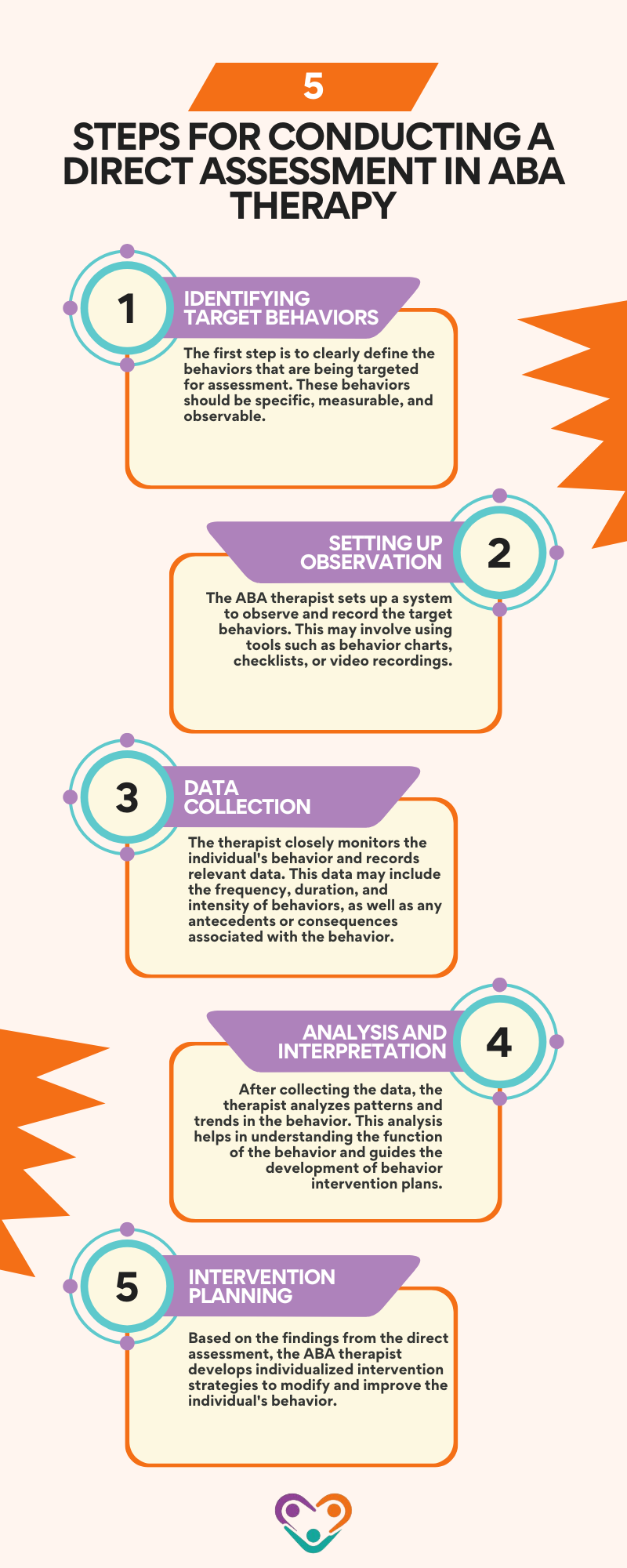Understanding human behavior often feels like solving a fascinating puzzle, where every piece reveals something new about how we learn, communicate, and interact. For those who work in applied behavior analysis (ABA), functional analysis is a powerful tool that helps uncover the reasons behind specific actions.
Exploring different types of functional analysis makes it possible for professionals to tailor strategies that truly make a difference, helping individuals overcome challenges and build meaningful skills.
This process transforms what might seem like random behaviors into clear, actionable insights, paving the way for positive change.
Why Functional Analysis is Important in ABA Therapy
Functional analysis is a critical component of ABA therapy as it helps therapists understand the underlying causes of behaviors. By conducting comprehensive assessments, therapists can identify the functions driving certain behaviors and develop targeted interventions to address them effectively.
Functional analysis enables therapists to discern between behaviors that serve a communicative function, seek attention, avoid stimuli, or gain access to desired items. By pinpointing the functions, therapists can tailor interventions that are specific to the individual’s needs, leading to more successful outcomes in behavior management and skill development.
In ABA therapy, functional analysis serves as a cornerstone for designing and implementing effective intervention strategies that support individuals in reaching their full potential.
Through a systematic and data-driven approach, therapists can make informed decisions that positively impact behavior and enhance the overall well-being of those receiving ABA therapy.
Direct Assessment
Direct assessment plays a crucial role in Applied Behavior Analysis therapy, providing valuable insights into the behavior of individuals with autism.
In a broader sense, direct assessment involves the systematic observation and recording of behavior within the individual’s natural environment. The primary purpose of direct assessment is to gather accurate and reliable data on the individual’s behavior patterns, triggers, and responses. By directly observing the behavior, ABA therapists can tailor interventions and strategies that target specific behaviors effectively.
Conducting a direct assessment typically involves the following steps:

Direct assessment provides valuable information that forms the foundation for effective ABA therapy interventions. By utilizing this method, therapists can gain a deeper understanding of the individual’s behavior and contribute to meaningful progress in their treatment journey.
Indirect Assessment
On the other hand, we have indirect assessment which also plays a crucial role in understanding and addressing behaviors exhibited by individuals.
Indirect assessment in ABA therapy involves gathering information about the behavior of individuals through means such as interviews, surveys, and behavior rating scales. This method relies on reports from caregivers, parents, teachers, or other individuals familiar with the individual’s behavior.
The primary purpose of indirect assessment is to gain insights into the antecedents (events that occur before a behavior), behaviors themselves, and consequences (events occurring after a behavior) surrounding the individual’s actions.
Through data collection from various sources, ABA therapists can uncover patterns of behavior and identify potential triggers or reinforcing factors.
It has a handful of advantages such as the ability to provide insights from multiple perspectives, works as a non-intrusive method of data collection, is a cost-effective and efficient way to collect data, and the ability to offer a broad understanding of behavior patterns.
However, it tends to rely on secondary information, which may be subjective, has a limited ability to observe behavior directly, the responses may be influenced by biases or incomplete information, and there can be difficulties in verifying the accuracy of reported behavior.
Indirect assessment offers a valuable perspective in understanding behaviors, especially when direct observation may not be feasible or practical.
However, it’s essential to recognize the inherent limitations associated with this method, such as potential biases in reporting and the inability to witness behavior firsthand.
Experimental Functional Analysis
Experimental Functional Analysis, also known as Experimental Analysis of Behavior, is a structured assessment process that aims to uncover the underlying function of a behavior. By manipulating various environmental variables and observing how the individual responds, behavior analysts can determine the motivating factors behind the behavior.
The primary purpose of conducting Experimental Functional Analysis is to accurately identify the function of a behavior. This information is essential for designing individualized behavior intervention plans that target the specific needs of the individual.
Experimental Functional Analysis involves several key steps to ensure accurate and reliable results. Behavior analysts carefully design and implement controlled experiments to observe how the individual’s behavior changes in different conditions.
One common procedure involves systematically presenting different antecedents and consequences to the individual and recording their responses. This process helps behavior analysts identify patterns in behavior and determine the function it serves for the individual. By collecting and analyzing data from these experiments, behavior analysts can make informed decisions about intervention strategies.
Typically, it involves the following steps:
- Identifying target behaviors to assess
- Designing controlled experimental conditions
- Implementing experiments with specific antecedents and consequences
- Collecting and analyzing data on behavior responses
- Interpreting results to determine the function of the behavior
The implementation of Experimental Functional Analysis requires expertise and precision to ensure the validity of the results. Behavior analysts strive to create a controlled environment that allows for accurate observation and data collection.
Through this methodical approach, behavior analysts can uncover the underlying factors driving the behavior and develop effective evidence-based interventions tailored to the individual’s needs.

Descriptive Functional Analysis
Descriptive Functional Analysis involves systematically observing and recording the behavior of an individual to identify patterns and triggers that may be influencing their actions.
Unlike Experimental Functional Analysis, which involves manipulating variables in a controlled setting, Descriptive Functional Analysis relies on naturalistic observation in the individual’s everyday environment.
The primary purpose of Descriptive Functional Analysis is to gather information about the antecedents (events that occur before a behavior) and consequences (events that follow a behavior) of the targeted behavior. By documenting these factors, therapists and caregivers can better understand the function or purpose that the behavior serves for the individual.
Descriptive Functional Analysis offers a valuable non-intrusive approach to understanding behavior in individuals with autism, allowing for targeted interventions that support their development and well-being.
Comprehensive Functional Analysis
Comprehensive Functional Analysis in ABA therapy refers to the comprehensive examination and integration of different functional analysis techniques to identify the causes of behaviors and develop effective intervention strategies.
This method goes beyond single assessments and combines multiple approaches to create a more nuanced understanding of behavior patterns.
The importance of Comprehensive Functional Analysis lies in its ability to provide a comprehensive and detailed assessment of behavior, leading to a more personalized and effective treatment plan.
Through the integration of various functional analysis methods, therapists and caregivers can gain a deeper insight into the individual’s behaviors, preferences, and triggers. At Golden Care Therapy ABA, we take pride in providing top-notch ABA therapy tailored to meet the unique needs of every individual.
We have skilled and compassionate ABA therapists in Indiana, New Jersey, New York, Georgia, and Florida, ensuring high-quality support wherever you need it. Contact us today to learn more about how we can help create meaningful changes and foster growth for your loved one. Let’s work together to make a difference!
Sources:



